
Few home improvement processes are as important as replacing a front door– or as error-prone. If you’ve decided to replace a door or you’re selecting a front door for a new build or remodel, we have decades of expertise helping homeowners just like you. This is your practical guide to avoiding common mistakes when buying a front door, and what to do instead.
1. Failing to Measure the Door Accurately
This is the most critical mistake of all. If you’re ordering your door online, it’s important to measure carefully and double check your measurements. Make sure you’re measuring the rough opening itself if you’re getting a pre-hung door with jamb and threshold included. The rough opening is just what it sounds like–the opening in the wall without any framing or trim. Measure from the header at the top of the door opening down to the sub-floor, and from jack stud to jack stud. Measure in three places–at the top, middle, and bottom for jack studs, and right, middle, and left for the header. Use the smallest of the three measurements, if any variance exists. A door that’s slightly small is easier to correct than a door that’s too big.
2. Ignoring Aesthetics and Design
Your front door is the face you show the world. It’s the first thing guests interact with in your home, and can greatly affect your home’s curb appeal. That’s why you shouldn’t just buy the first door you see that you kind-of like. Take the time to compare and consider multiple designs. At RealCraft, you can customize everything from the wood species to the glass type so that the design matches your unique vision.
3. Choosing the Wrong Material
What your front door is made out of is just as important as how it looks or getting it in the right dimensions. Lower cost doors with MDF or veneers on low-quality insulation makes a door easier to kick down, so it’s a security flaw to not have a robust door. That’s why our entry doors are always built with solid wood. We have nineteen wood options to choose from so you're sure to find one that fits your style and climate.
4. Only Shopping Based on Price
Everything about home improvement is expensive, but sometimes you truly do get what you pay for. Sure, you can opt for a builder grade door, but the hinges will wear out faster and it will be less insulating. When you choose to invest in a real wood door, you can count on the door to last for many years.
5. Not Thinking About Inswing/Outswing
The direction that your door opens can greatly influence its function and has implications for security. Most entry doors are inswing–meaning they swing into the house. This is optimal for security because it places the hinges inside so they can’t be tampered with. But an outswing entry door may be necessary depending on the layout of your entryway. In that case, you can fortify your door with the right hinges that have a non-removable pin, or NRP hinges. You can check out our blog post about swing direction for more info.
6. Improper Installation
If you aren’t an experienced, seasoned DIY-er, then leave your front door installation to the professionals. A front door that isn’t installed correctly can be a big security liability or lead to water damage. Find a local contractor who can install your door and save yourself a lot of headaches.
7. Not Researching the Warranty
The warranty for a big purchase matters. You want your door manufacturer to stand behind their product and make things right in case there is a defect. That’s why we have a comprehensive warranty for all our doors.
8. Slacking on Maintenance
Ok, so this is a mistake that technically happens after purchase, but it’s a big one. Doors need occasional maintenance to look and perform the best–there’s just no way around it. Once you have your door, expect to periodically refresh the finish, clean and tighten the hinges, and replace the weatherstripping. By taking care of your door just a couple of times a year, you can protect your investment and keep your home looking its best.


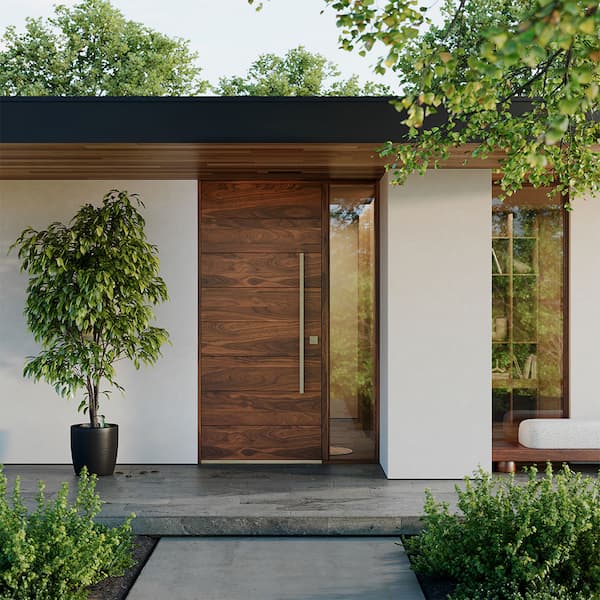

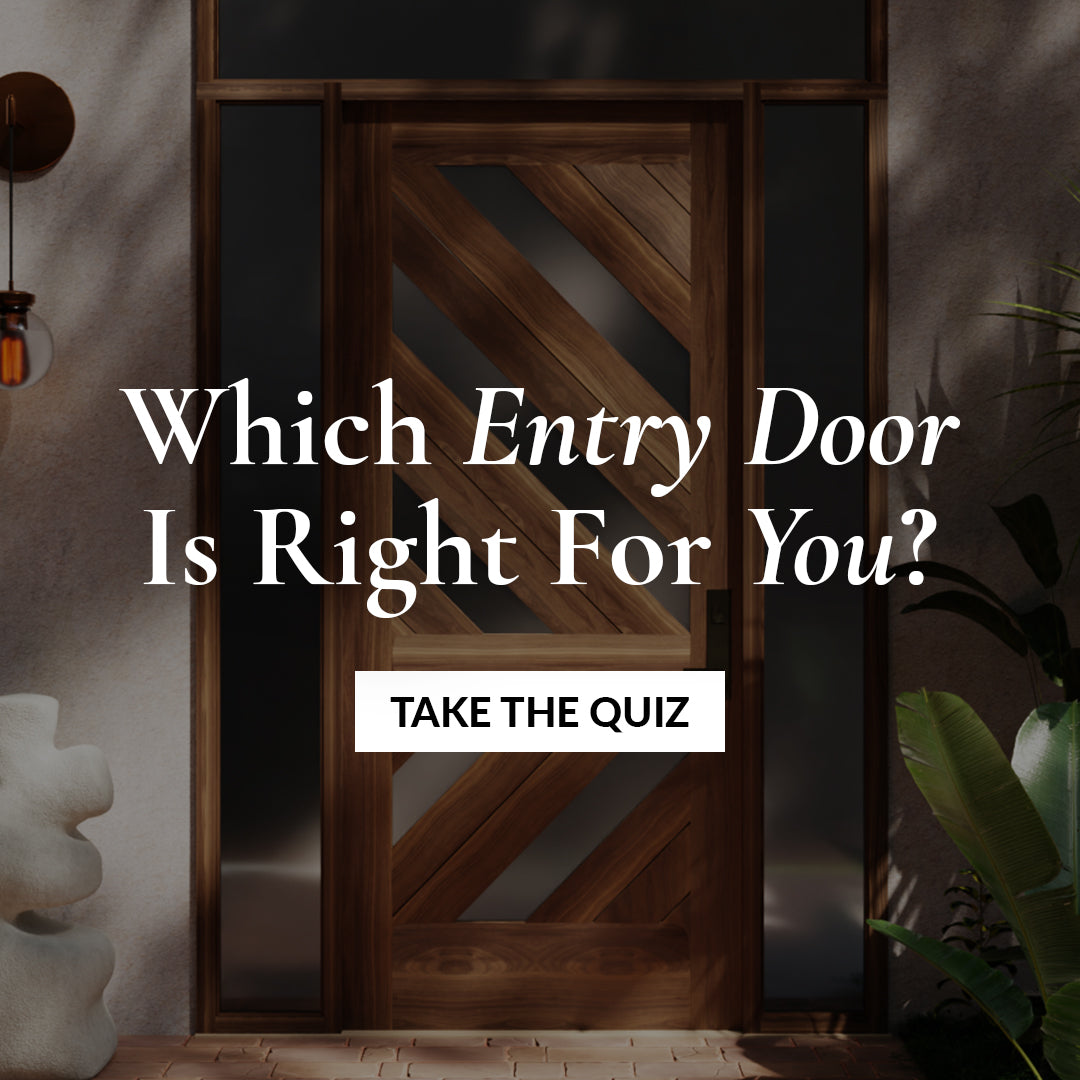
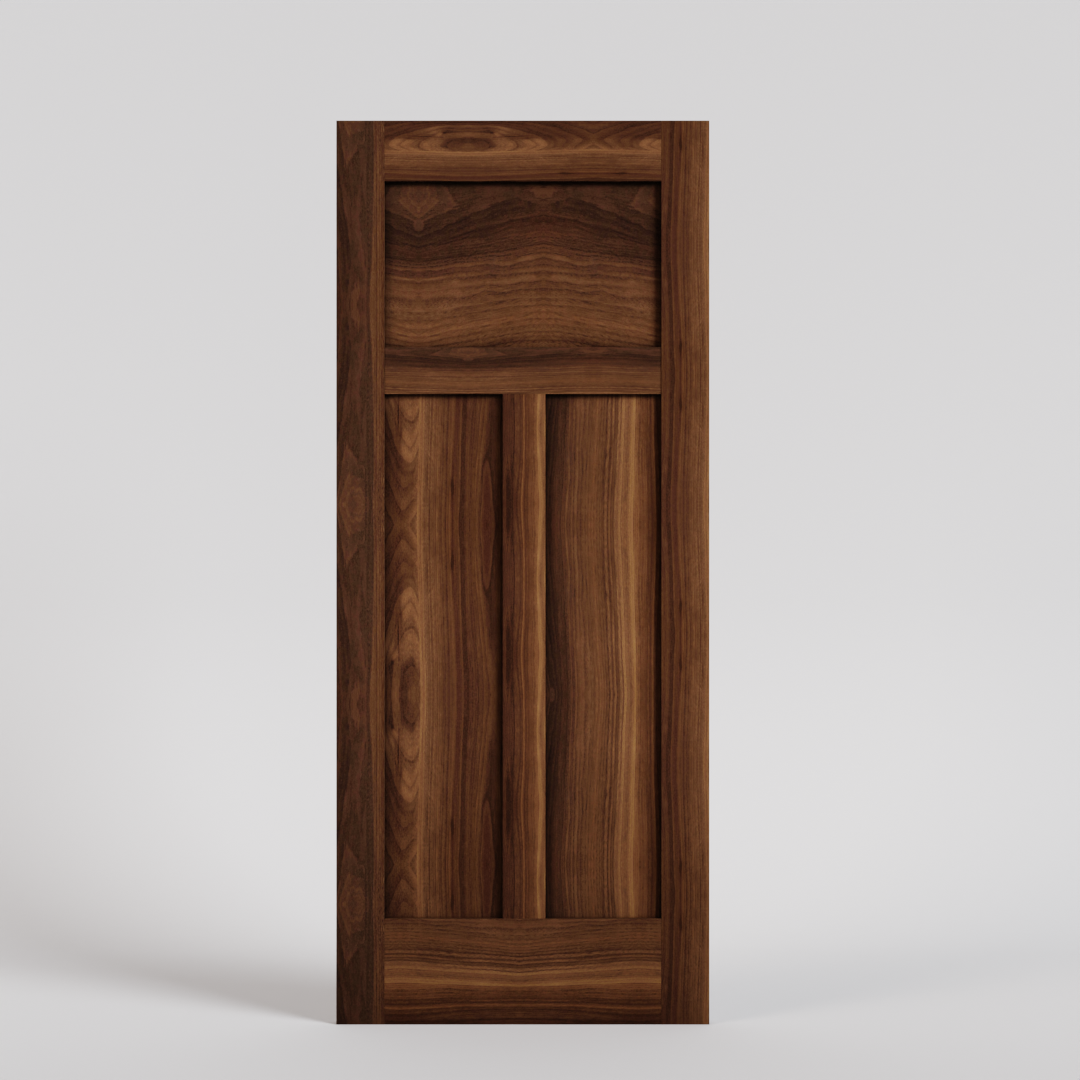
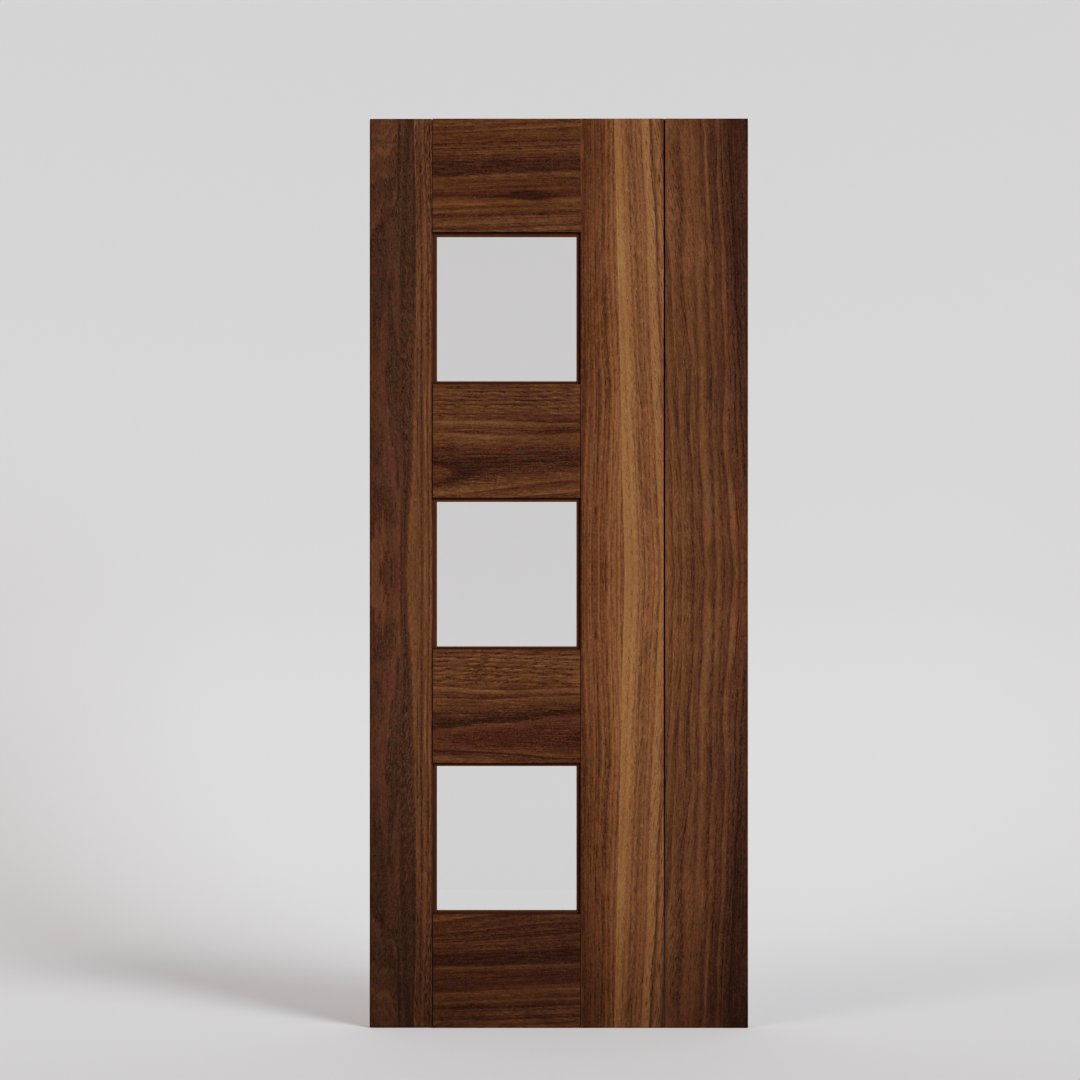
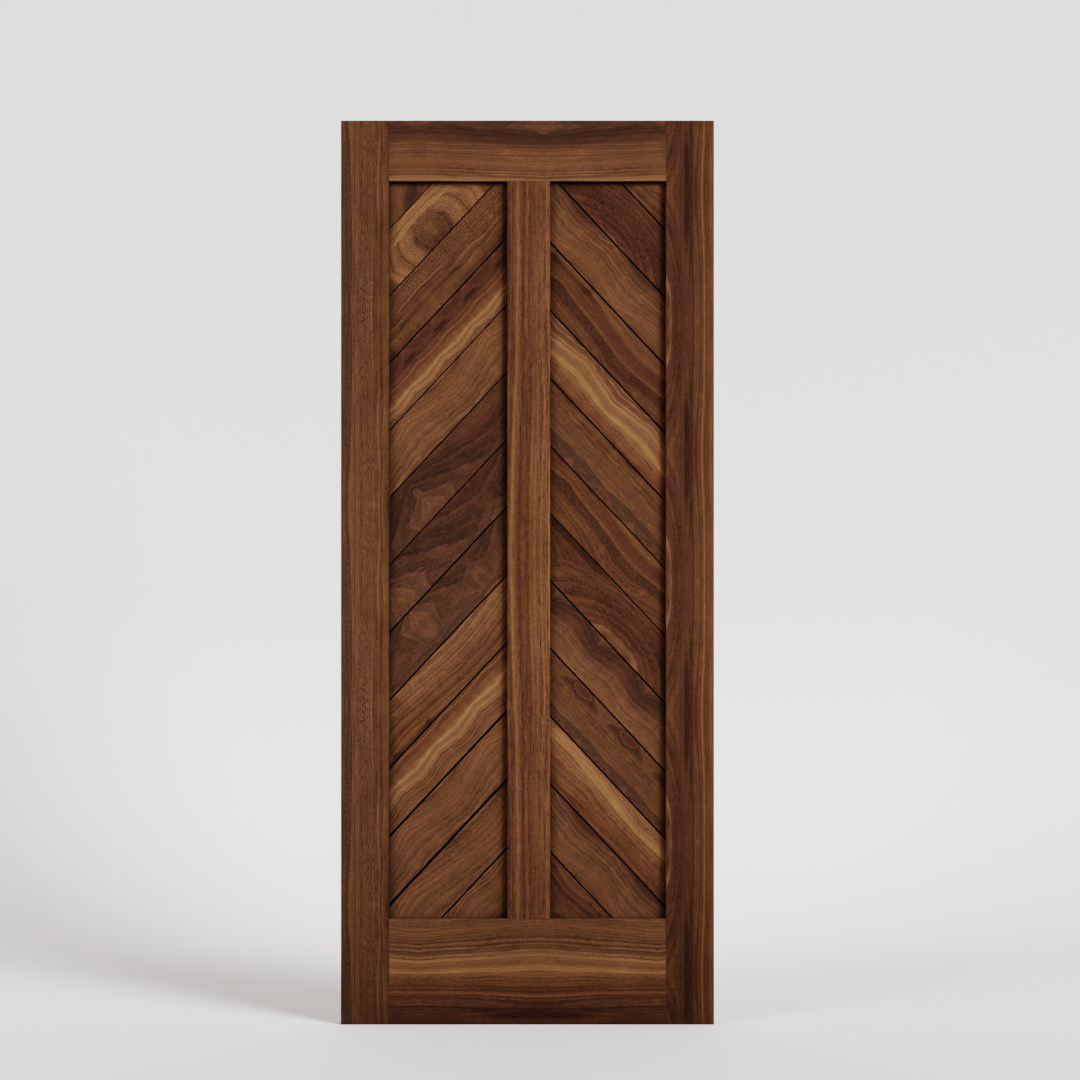
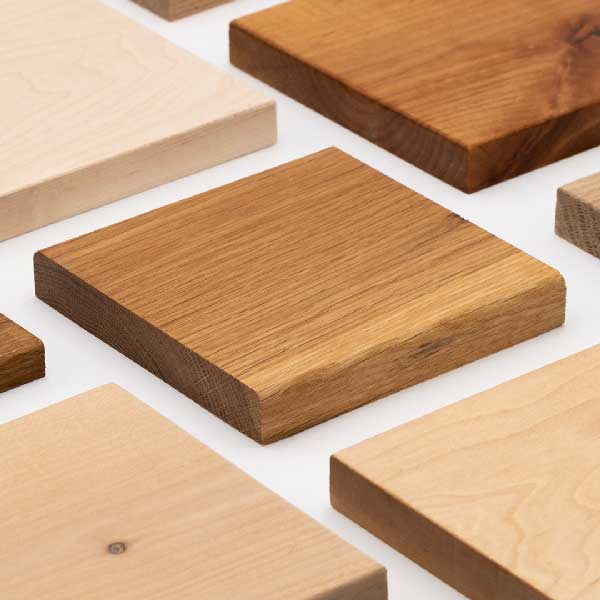

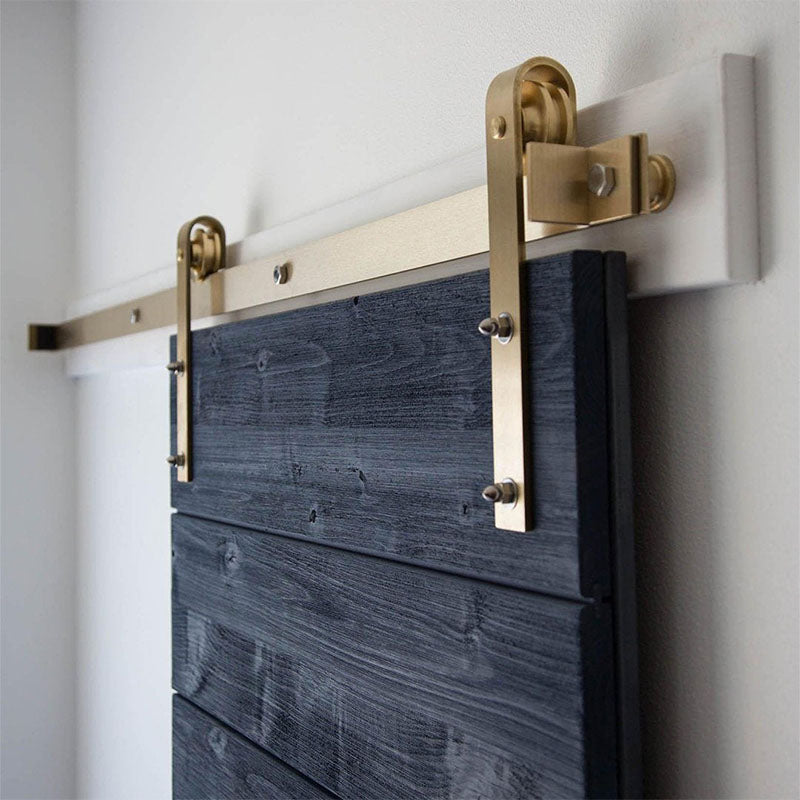
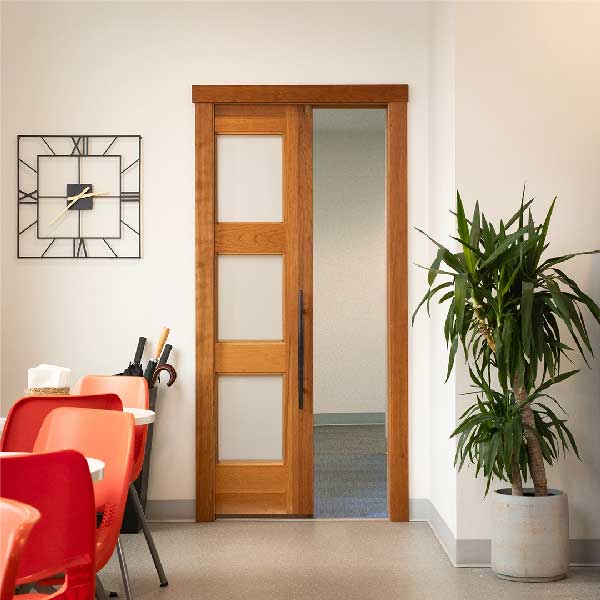

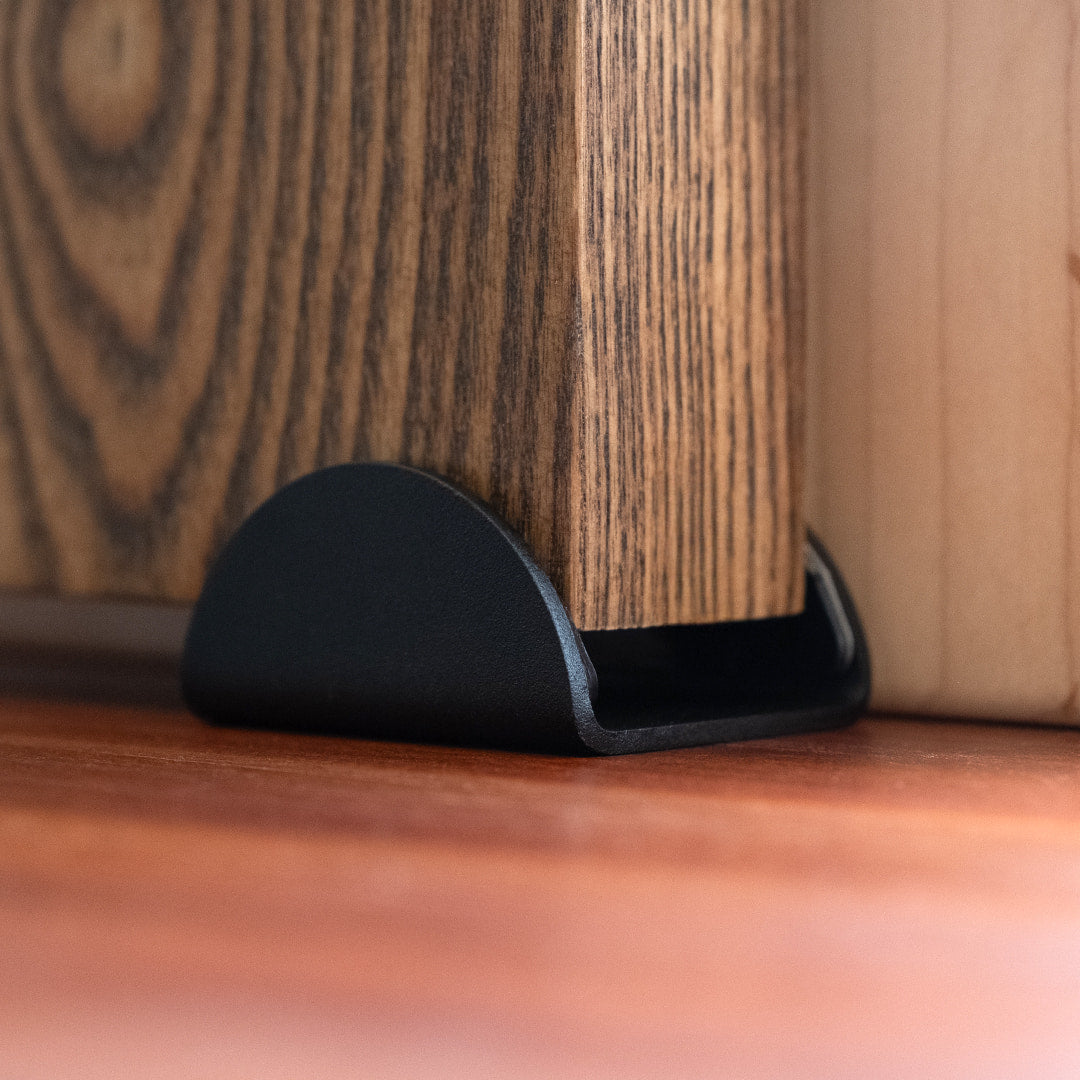
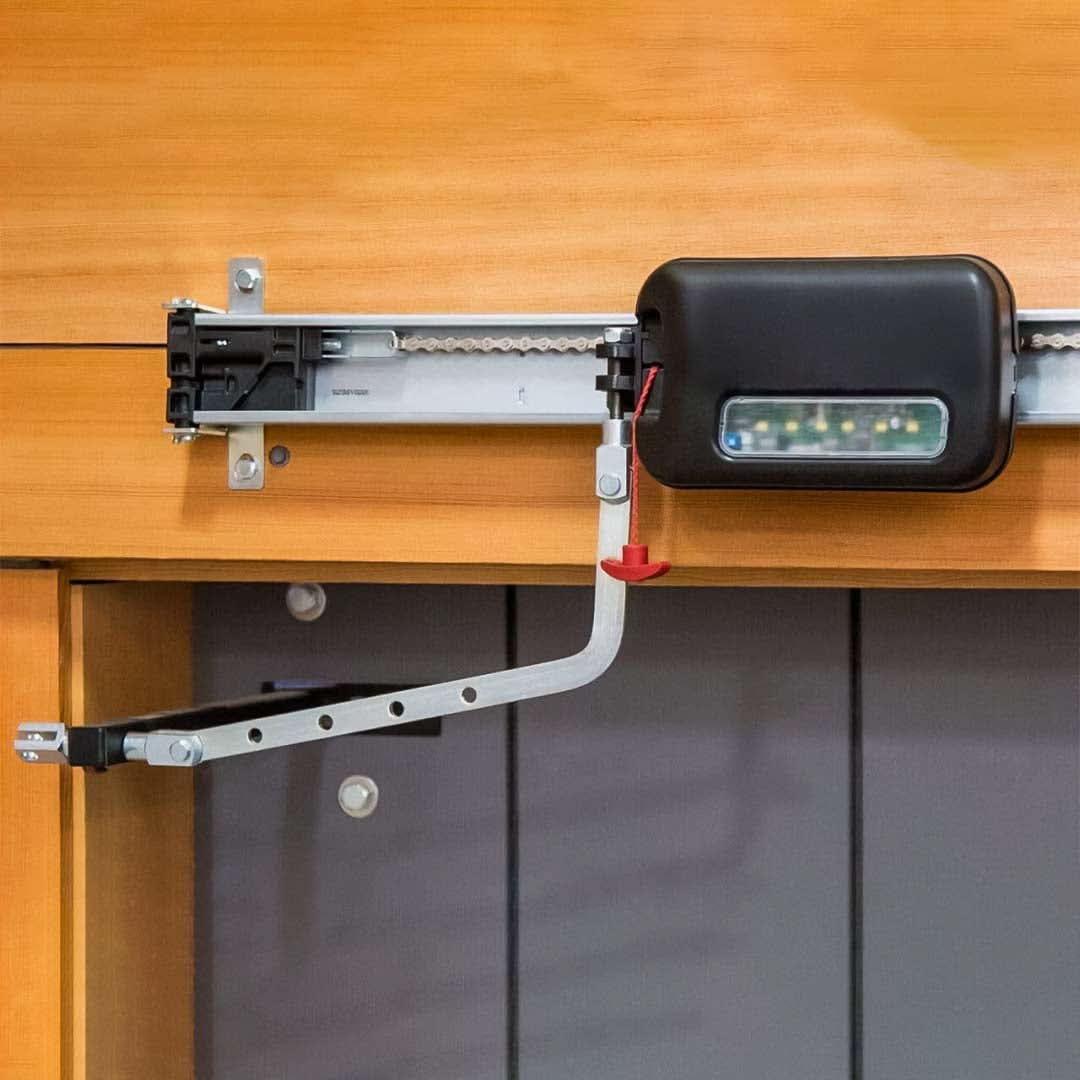






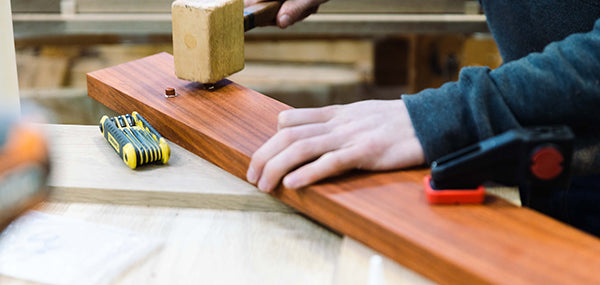

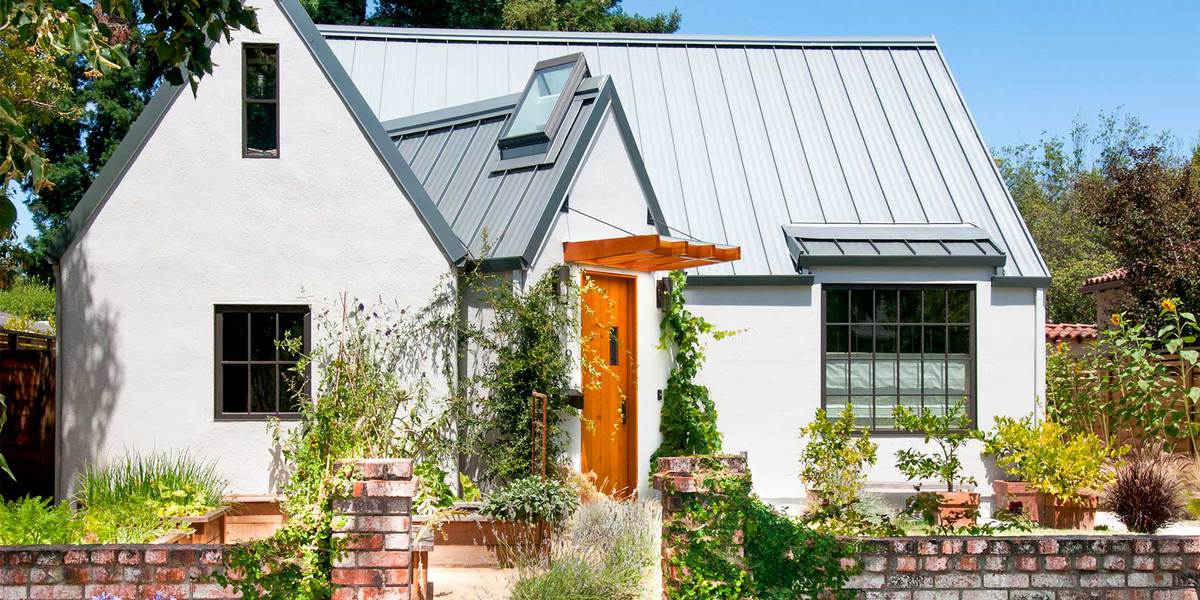
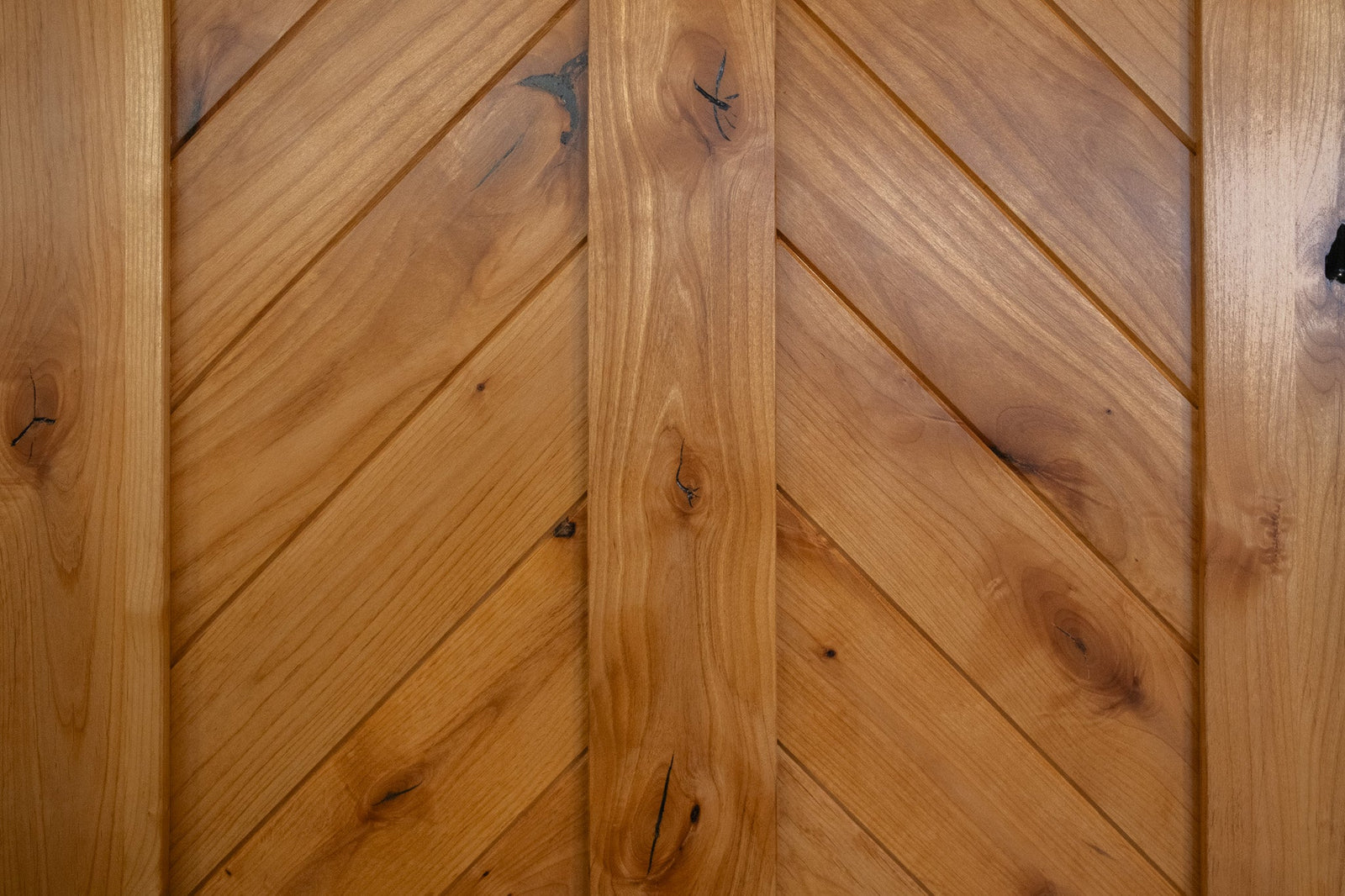
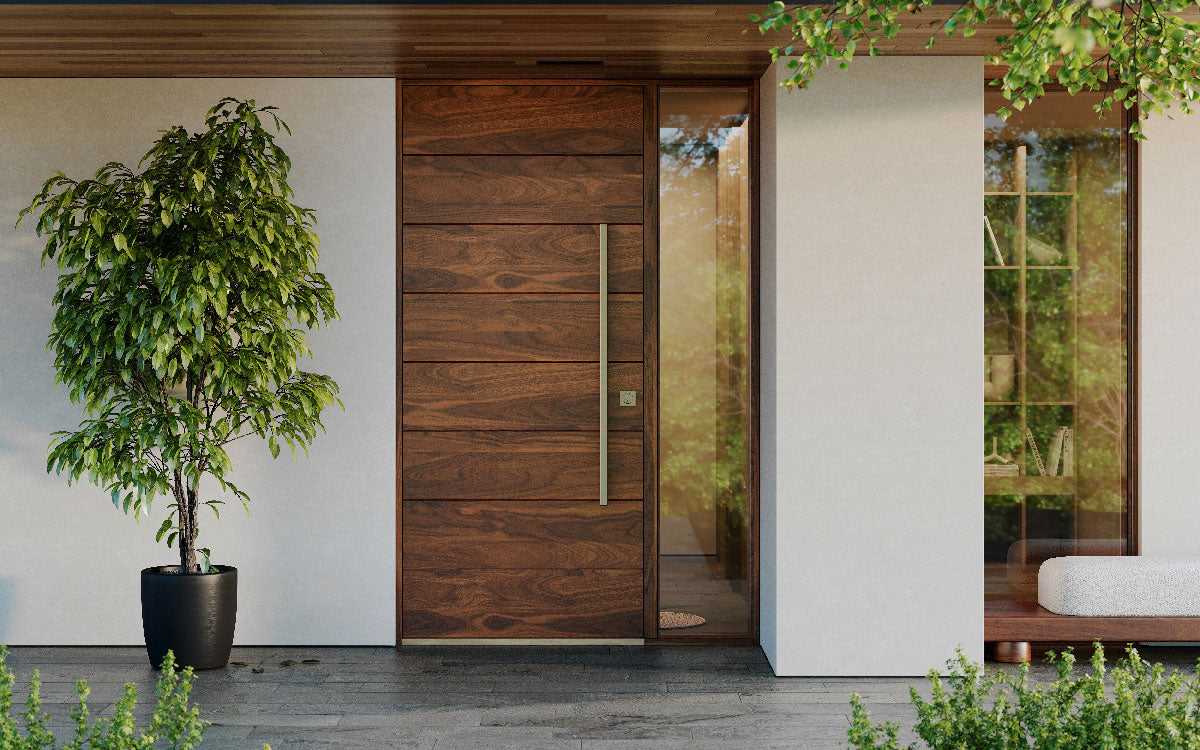
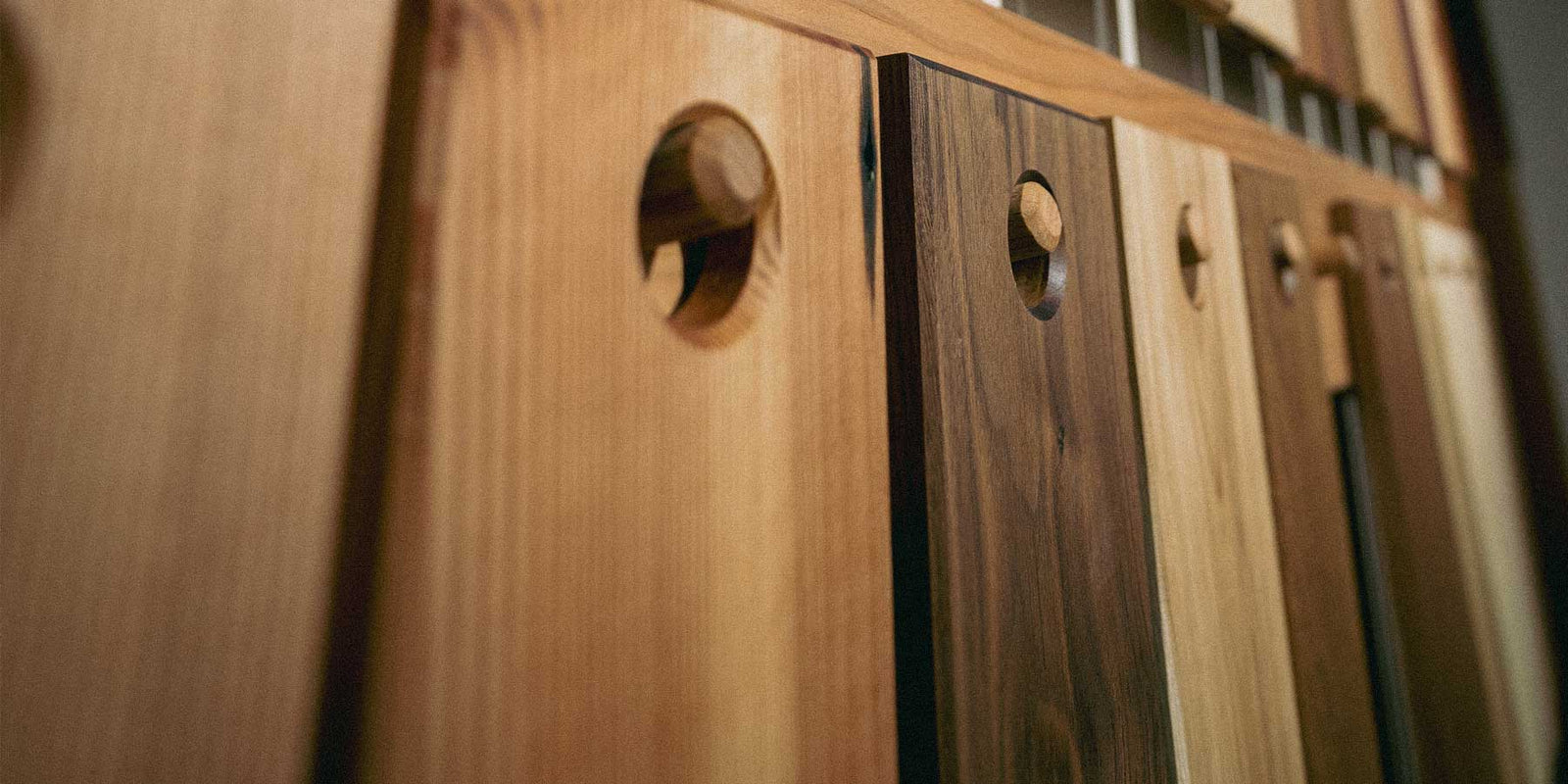
Leave a comment (all fields required)